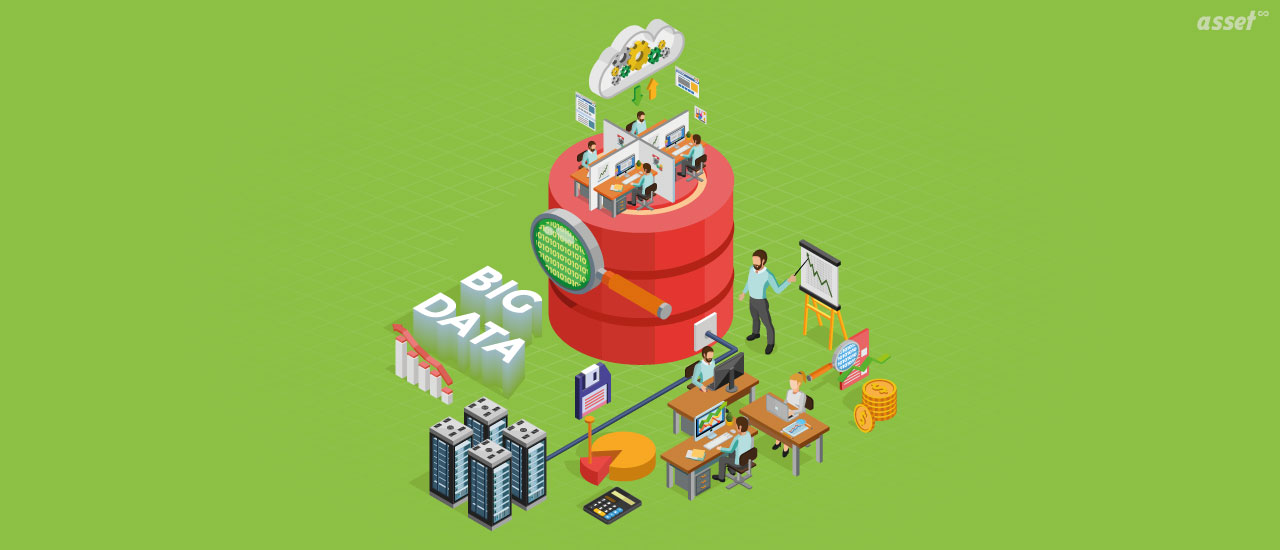An asset is anything that your company or business owns, which can be tangible or intangible. For instance, physical possessions for your business may include computers, servers, office buildings, machines, equipment, and employees. On the other hand, intangible assets may consist of copyrights, contracts, and goodwill.
As a modern business, you should rely on digital asset management tools to organize and track your different assets. Unlike the pen-and-paper or manual approach to managing assets, digital asset management solutions have numerous benefits.
For example, because an asset management tool allows you to organize and track the data of an asset, it becomes possible for the completion of tasks to happen faster and more efficiently.
Below are unique advantages that may come from your business relying on reliable asset management tools.
1. Increases the visibility of assets
In asset management, “asset visibility” refers to tracking and monitoring a physical or digital asset’s location, performance data, and status in real time. In the past, establishing asset visibility was a manual process involving assessing assets visually and recording them manually.
As your business grows, you will find that recording your assets in a spreadsheet becomes a time-consuming, strenuous task. The right asset management tools will provide a centralized view of all your physical and digital assets.

When you have digital management of your asset, you will store and easily access different data types, from acquisition to disposal, which may be vital for running a profitable business.
2. Enables tracking of assets in real-time
The fixed assets of your business are always multiplying, coming and going, and moving around in the workplace. Therefore, you can track your possessions, like vehicles and buildings, in real-time using tags and labels, such as barcodes, QR codes, and GPS (Global Positioning System) tracking devices.
Using eAsset solutions ensures that the vital data of your assets are timely and continuously updated correctly. Managing the possessions of your business using spreadsheets can lead to a costly mistake. According to Harvard Economics research, over 85% of spreadsheets have errors.
3. Identifies and eliminates ghost assets
Ghost assets are a type of assets that appear on the asset register of your business, but you cannot physically account for them in your workplace.
Often, ghost assets do not exist or are unusable because they are damaged or have missing parts. You may also have a ghost asset when it is stolen, lost, or exists without use.

A ghost asset can negatively affect your business in different ways. It can lead to you paying more taxes and inflated insurance coverage for your business and decrease the productivity levels of your workplace.
Asset management software can help in identifying and eliminating ghost assets.
4. Convenient access to asset data
If your company utilizes cloud data management, it becomes possible for employees to access any information about your assets at any time from anywhere.
For example, you or your employees can access your asset management system to update an asset through a website or a mobile application.
5. Eliminates manual asset management
You may not effectively use spreadsheets or other manual asset management solutions for managing your assets because they are prone to errors, difficult to share, vulnerable to fraud, and poorly documented.
Therefore a digital system for managing your assets is much more effective for handling more data and enabling you to avoid using the error-prone manual asset management approach.
6. Boosts the lifecycle of assets

Asset lifecycle management involves maintaining and optimizing assets to perform reliably throughout their lifespan.
An asset lifecycle management tool utilizes a data-driven approach to keep your assets in good working condition for a long time. You can calculate an asset’s depreciation value, create strategies for preventive maintenance, and calculate the costs of procuring and replacing assets.
Asset management tools will ensure you purchase, operate, maintain, and dispose of your assets efficiently. For example, the last stage of an asset lifecycle, which is asset disposal, requires you to remove, sell, recycle or repurpose an asset.
7. Accelerates planning of asset maintenance
One of the stages in the lifecycle management of an asset involves maintaining your company’s assets so they last longer. An asset management tool can enable you to schedule preventive and reactive maintenance.
Since you keep your assets in top shape, you can boost their lifespan and eliminate unexpected downtime.
Also, digital asset management software and tools can help you forecast your expenditures and budgets and better understand how to operate the business efficiently.








